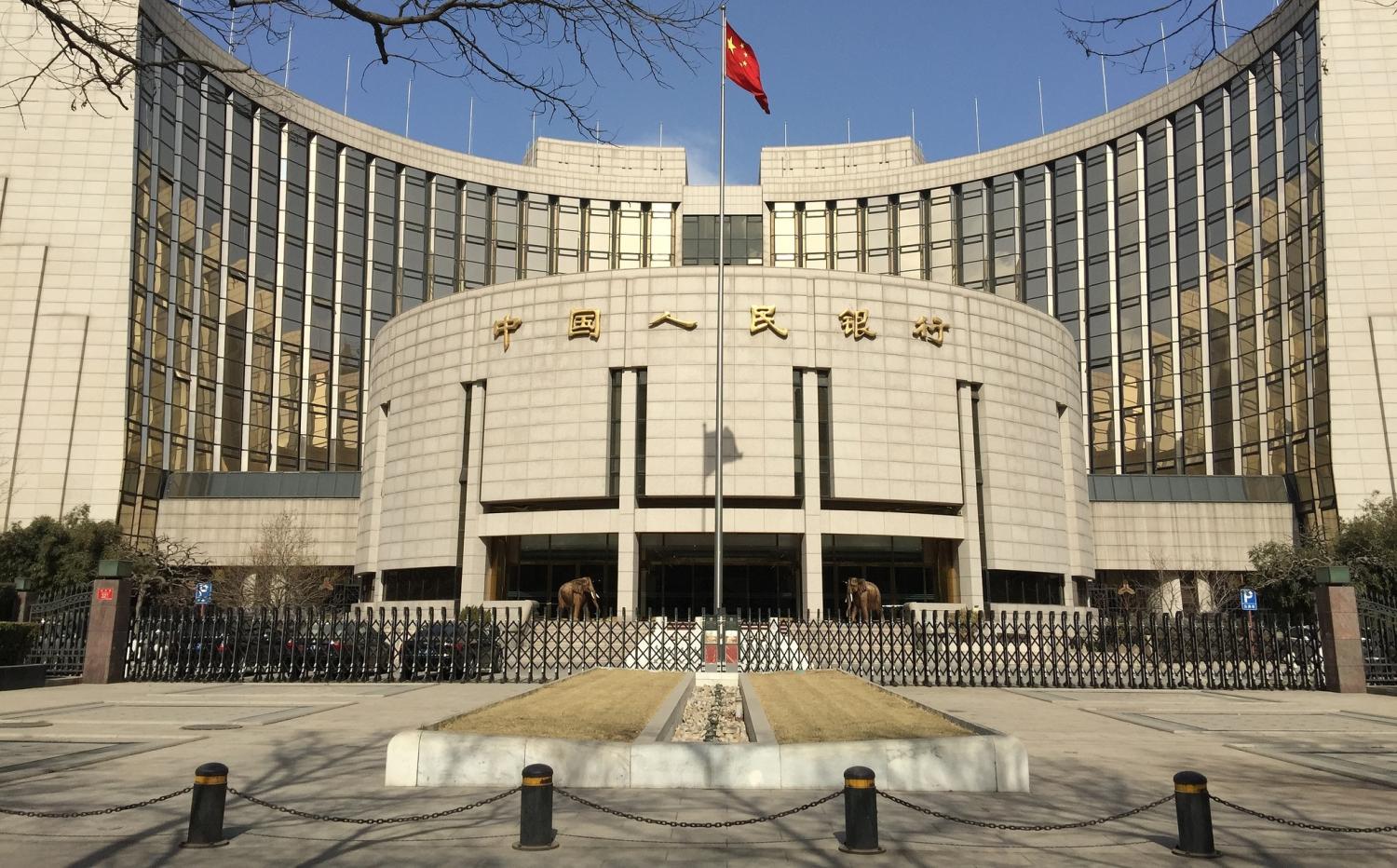The nature of financial-markets commentary is that every tiny blip and ephemeral piece of news is presented as a narrative of impending doom: who wants to read a story about how everything is jogging along normally?
Headlines such as “Asian central banks face white-knuckle steering as Fed tightens” are hardly surprising; others describe the minor correction to equity markets last month as a “global rout”.
But it’s a stretch to say that “you can almost hear the echoes of the Asian financial crisis which battered emerging economies twenty years ago”. The facts are more boring – and reassuring.
The US Federal Reserve will do what it has been talking about doing for some years: gradually lifting interest rates from the historically low levels of the past decade and (equally gradually) unwinding quantitative easing (QE). In doing so, it will assess the impact of every small policy move, raising rates to counterbalance the now-sustained expansion.
Unwinding the Fed’s QE bond holdings will not be achieved by dumping bonds on the open market, but by letting them mature on the Fed’s balance sheet. Former Fed chair Janet Yellen promised that unwinding QE would be “the policy equivalent of watching paint dry”.
All this has been so well signalled by the Fed that investors should have fully adjusted their portfolios in advance. Any investor who is uncomfortable with the uncertainty of emerging markets should have retreated already.
Minor portfolio tweaks might be necessary as investors respond to the precise profile of the unfolding Fed “normalisation”, but no single policy change will be important enough to significantly change the outlook. Why should this cause any drama?
Rather than a wholesale global retreat of capital from emerging economies, what seems more likely is that individual countries might come under pressure because of idiosyncratic vulnerabilities: governments or companies that have borrowed too much in foreign currency in a world of shifting exchange rates; a country that is running big account deficits, or is mired in sluggish growth and big budget debt (for example, Brazil), for which even modestly higher interest rates raise issues of sustainability.
The interesting issue is not the prospect of global panic, but which among the emerging economies might get into trouble.
Our region looks pretty secure. India and Indonesia, members of the 2013 “Fragile Five”, are both in better shape than five years ago (and even then, the so-called “taper tantrum” was only a short-lived scare).
Taking Indonesia as an example, the Nervous Nellies among foreign holders of government rupiah–denominated bonds have already pulled back (foreigners’ share of these bonds has fallen from 41% to 38%). The current account deficit (around 3% of GDP in 2013) was less than 2% in 2017 and won’t be much more than 2% this year. The budget has been straightened out, and inflation is low. Foreign exchange reserves are $US130 billion. The exchange rate has already depreciated a few per cent this year, ensuring that it won’t be seen as grossly overvalued.
Elsewhere in the region, China has its congenital doomsayers. The Bank for International Settlements is promoting a crisis early-warning measure, comparing the credit/GDP ratio with its trend. On this measure, China’s credit/GDP is way over trend. But it’s much less above-trend than it was a year or two ago (now 13% compared with 29% in 2016), so there seems a good chance China will sneak through, gradually bringing financial excesses under control through case-by-case restructuring of over-leveraged entities.
Neither the doom-laden headlines nor the Bank for International Settlements’s one-size-fits-all early-warning indicators are subtle enough to help in foretelling the next crisis. Market analysts should keep calm and carry on with the tedious task of analysing the detailed national data, recalling that “unhappy countries are all unhappy in their own way”.

